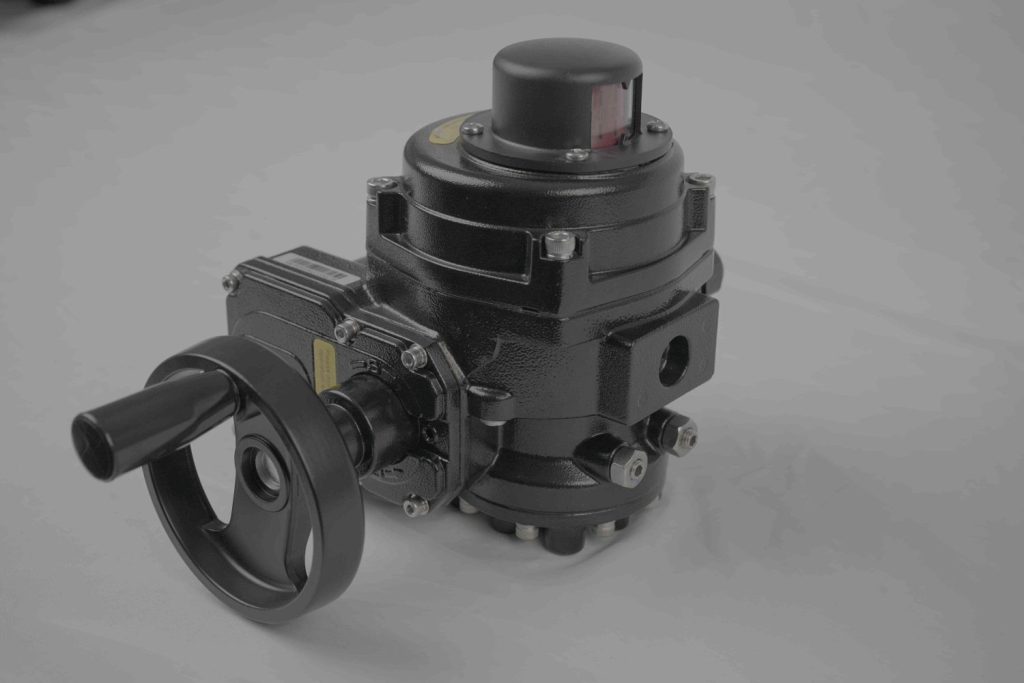In the rapidly evolving world of energy storage and electric vehicles, lithium batteries have emerged as a dominant technology due to their high energy density, long cycle life, and lightweight properties. At the heart of ensuring these batteries’ safety and performance are the critical components designed and manufactured by lithium battery valve manufacturers. These valves play a pivotal role in maintaining the safety and efficiency of lithium batteries by controlling internal pressure and preventing hazardous situations. This article delves into the essential functions of lithium battery valves, the expertise required of manufacturers, and the impact of their innovations on the battery industry.

Understanding Lithium Battery Valves Lithium battery valves, often referred to as pressure relief valves or safety valves, are crucial components embedded within lithium-ion batteries. Their primary function is to regulate the internal pressure of the battery cell. During charging and discharging cycles, lithium batteries can experience pressure fluctuations due to temperature changes, chemical reactions, or overcharging. Without proper management, these pressure changes could lead to catastrophic failures, including battery swelling, leakage, or even explosions. To mitigate these risks, lithium battery valves are engineered to open and release excess pressure when it exceeds a predetermined threshold. This protective mechanism helps maintain the structural integrity of the battery and ensures safe operation under various conditions. The design and reliability of these valves are therefore vital to the overall safety of lithium battery systems.